How late is too late to re-pot a soggy Meyer Lemon tree?
Arthur
6 years ago
Featured Answer
Sort by:Oldest
Comments (21)
Vladimir (Zone 5b Massachusetts)
6 years agoRelated Discussions
How much rain is too much rain for potted Meyer lemons?
Comments (19)There is no amount anyone can offer because container, soil mix etc. Rule of thumb, water until it is running completely through the holes in the container. Completely saturate every inch of soil. This forces out the used air and as it dries it 'inhales' fresh air flow. It's important to water this way because oxygen is the the best 'medicine' for the roots. It kills most pathogens and prevents root rot and a number of other common root diseases. By contrast improper watering sets up container bound trees for failure and future diseases. Far as your solvable fertilizers here is what I use. I have a container that I measured and marked gallon levels.... I mix it in that then just pour from the container. But I would strongly encourage to err on the side of caution esp as your new to this. You can't use too little but you can (and I've seen far too many people) kill their plants using too strong and/or applying too frequently. If you have small newly establishing trees a tiny amnt of fertilizer is all they can use.... if you over apply it can build up toxicity in the soil and quickly overwhelm, burn and kill the tree. I've lost count of new plant owners who accidentally killed their tree (or plants) by 'kindness'. Hope that helps :)...See MoreIs June too late to repot container Meyer lemon trees??
Comments (7)I'll trade ya mike. It hit 119 in my back yard today, my irrigation is on restriction, I can only water a couple days a week right now due to the drought and my trees are not looking well at all. It is going to be a long, wretched, hot summer in southern Cali. Oh and my lawn and everyone else's lawn in my neighborhood is brown from lack of water. Yuck. Evan...See MoreHow late is too late in zone 5?
Comments (39)Summersrhythm, Houses built before refrigeration/electricity often had an unheated room off the basement in which perishable food items were stored to keep them cold and hydrated since these cellars were humid as well as cold. Iceboxes were kept in the kitchen for perishables like fresh meat, eggs and milk to keep at hand for ready availability. Root/fruit cellars were used for storage of perishables that had a longer shelf life but needed cold, but not as cold as an icebox. Foods were stored in them such as: apples, potatoes, carrots, cabbage, winter squash, cheese, cured meats, and bad little boys...just kidding! Put a couple bushels of local, fresh picked McIntosh or Cortland apples in a root cellar at harvest time. Leave then there until they have turned fully ripe when they actually have a glow and feel like they have been rubbed with olive oil. This could be as late as December/January. They're slippery! Now, make applesauce from them, no sugar needed, just a little nutmeg and/or cinnamon. Freeze or can the sauce. You NEVER tasted a better, super healthy, more delicious applesauce in your life!...See MoreHow late is too late to plant in a bed?
Comments (15)Seasoning time for bulbs is like onions and garlic- you can eat onions and garlic right out of the ground, but if you want to store or ship it, you need to let it cure a bit first. Bulbs are like that too. If you plan on transplanting them quickly, you can pull them and use them fresh. But if you want to hold them for replanting later, you need to give them time to season and really go on hiatus before storing them. I've moved around daffodils, crocuses, and hyacinths no problem without seasoning if I do it directly. I also don't treat bulbs like a lot of folk do. When I get a package, I pot them up and grow them out for a year first before putting them into garden spots. After their blooming time is done, I empty out the pot and let the bulbs season till it's planting time in the garden later that year. It takes a year of patience, but most pots divide a lot, so I end up buying half the bulbs I would otherwise. Anyway.. I came to give an update. I planted in the first bed with plants, and the second bed will be finished by the end of the weekend. I haven't done any bulbs yet, because I figure I'll do all those at once when I'm doing other bulbs in the yard....See MoreLaura LaRosa (7b)
6 years agoArthur
6 years agolast modified: 6 years agosunshine (zone 6a, Ontario,Canada)
6 years agolast modified: 6 years agoArthur
6 years agoVladimir (Zone 5b Massachusetts)
6 years agoLaura LaRosa (7b)
6 years agosunshine (zone 6a, Ontario,Canada)
6 years agoArthur
6 years agosunshine (zone 6a, Ontario,Canada)
6 years agoArthur
6 years agoponcirusguy6b452xx
6 years agomyermike_1micha
6 years agolast modified: 6 years agoIke Stewart
6 years agolast modified: 6 years agoArthur
6 years agoponcirusguy6b452xx
6 years agoArthur
5 years agomyermike_1micha
5 years agolast modified: 5 years ago
Related Stories
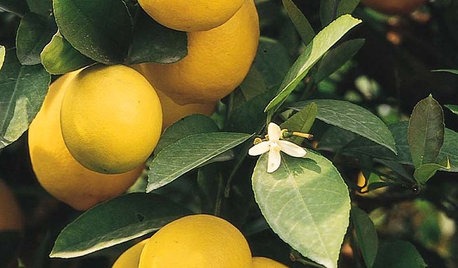
EDIBLE GARDENSThere’s a Lot to Love About a Meyer Lemon Tree
See how to grow this sweet fruit tree
Full Story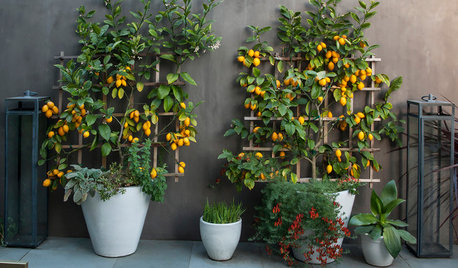
TREES10 Top Trees to Grow in Containers
These container-friendly trees make great specimens for pots on the patio or marking an entrance
Full Story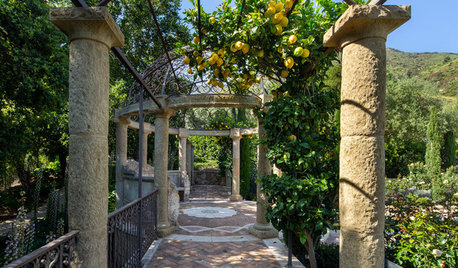
GARDENING GUIDESHow to Keep Your Citrus Trees Well Fed and Healthy
Ripe for some citrus fertilizer know-how? This mini guide will help your lemon, orange and grapefruit trees flourish
Full Story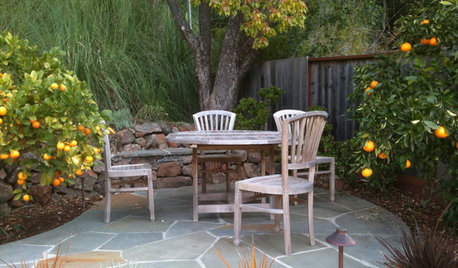
GARDENING AND LANDSCAPINGCrazy for Fruit Trees
Whether a single citrus or a mini apple orchard, even the smallest landscape space can bear deliriously delicious fruit
Full Story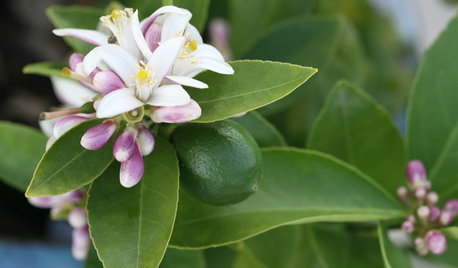
GARDENING GUIDESA Versatile Lime Tree Is a Happy Addition to a Warm-Winter Garden
What can you do with a lime tree? Quite a lot, as it happens
Full Story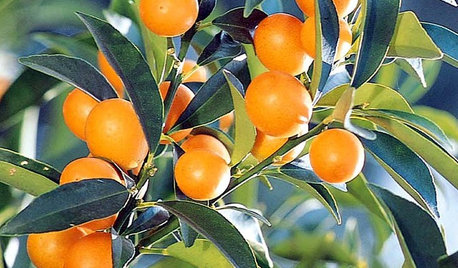
GARDENING GUIDESDwarf Citrus Trees Offer Miniature Size With Maximum Flavor
Find out how to grow the fruit you love in a smaller space
Full Story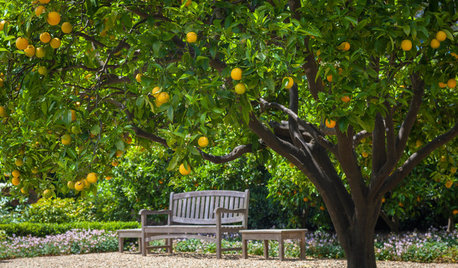
EDIBLE GARDENSHow to Grow 10 Favorite Fruit Trees at Home
Plant a mini orchard in fall, winter or early spring to enjoy fresh-off-the-tree fruit the following year
Full Story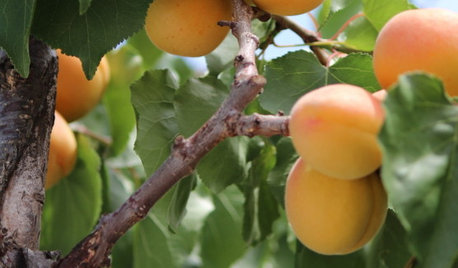
FARM YOUR YARDIf You Have Room for Only One Fruit Tree ...
Juice up a small garden with one of these easier-care or worth-the-effort fruit trees for a mild climate
Full Story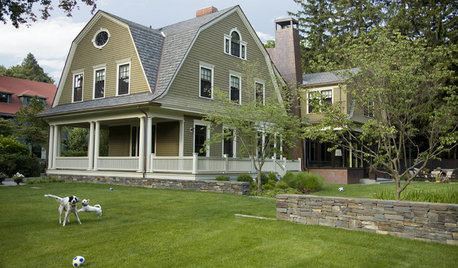
PETSSo You're Thinking About Getting a Dog
Prepare yourself for the realities of training, cost and the impact that lovable pooch might have on your house
Full Story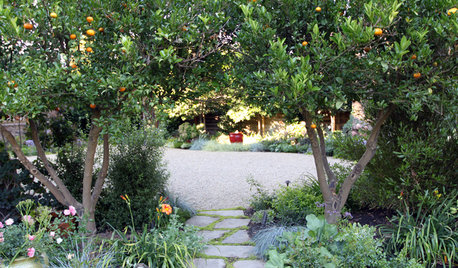
GARDENING GUIDESHow You Can Rejuvenate Your Citrus Trees This Winter
Give citrus trees a fresh start with these simple tips, and enjoy their abundant fruit and beauty
Full Story


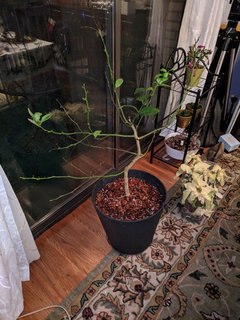
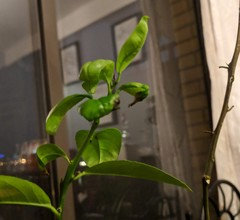
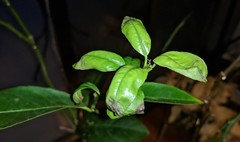

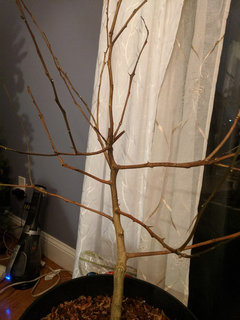

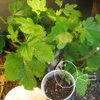
poncirusguy6b452xx